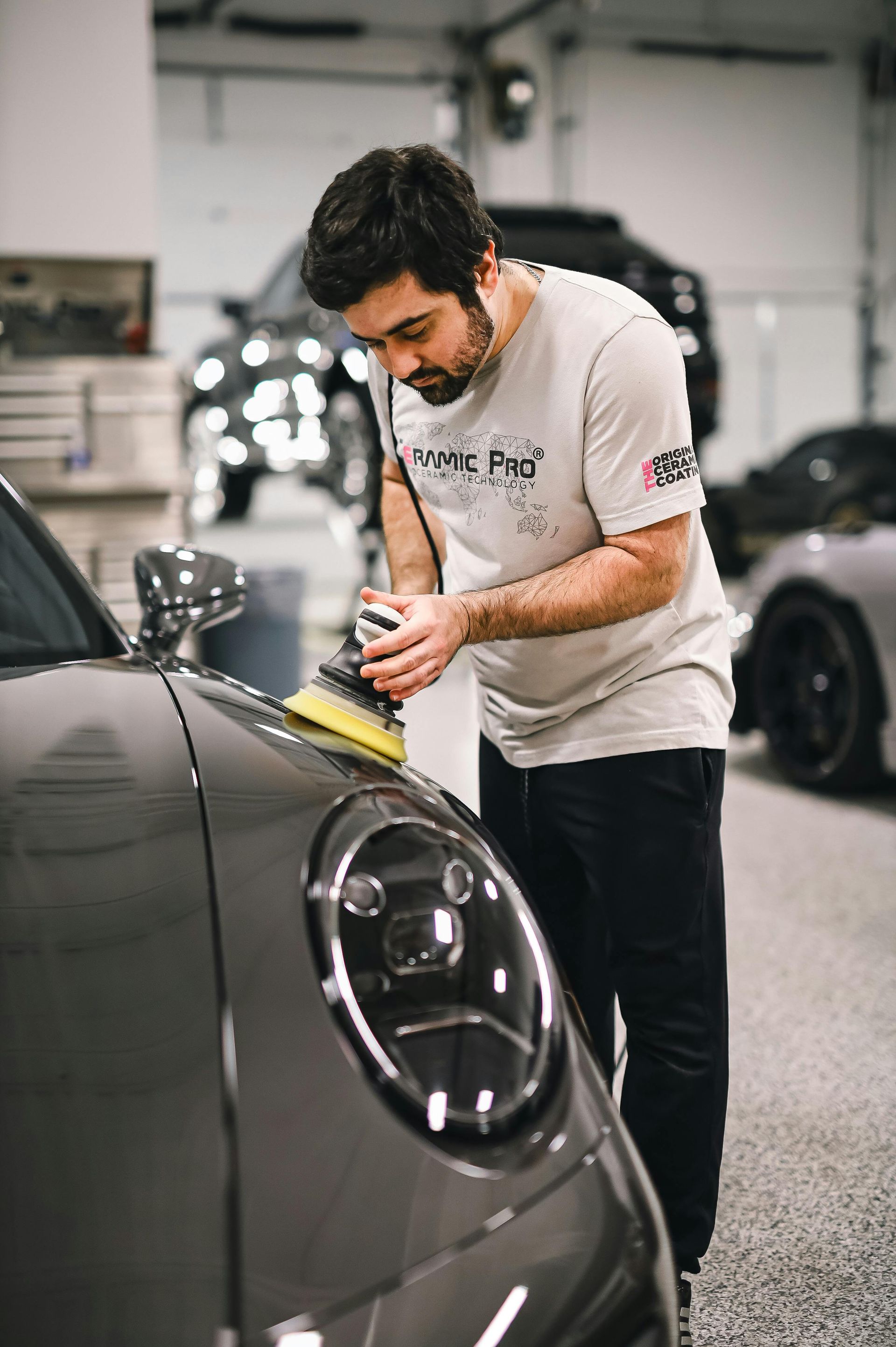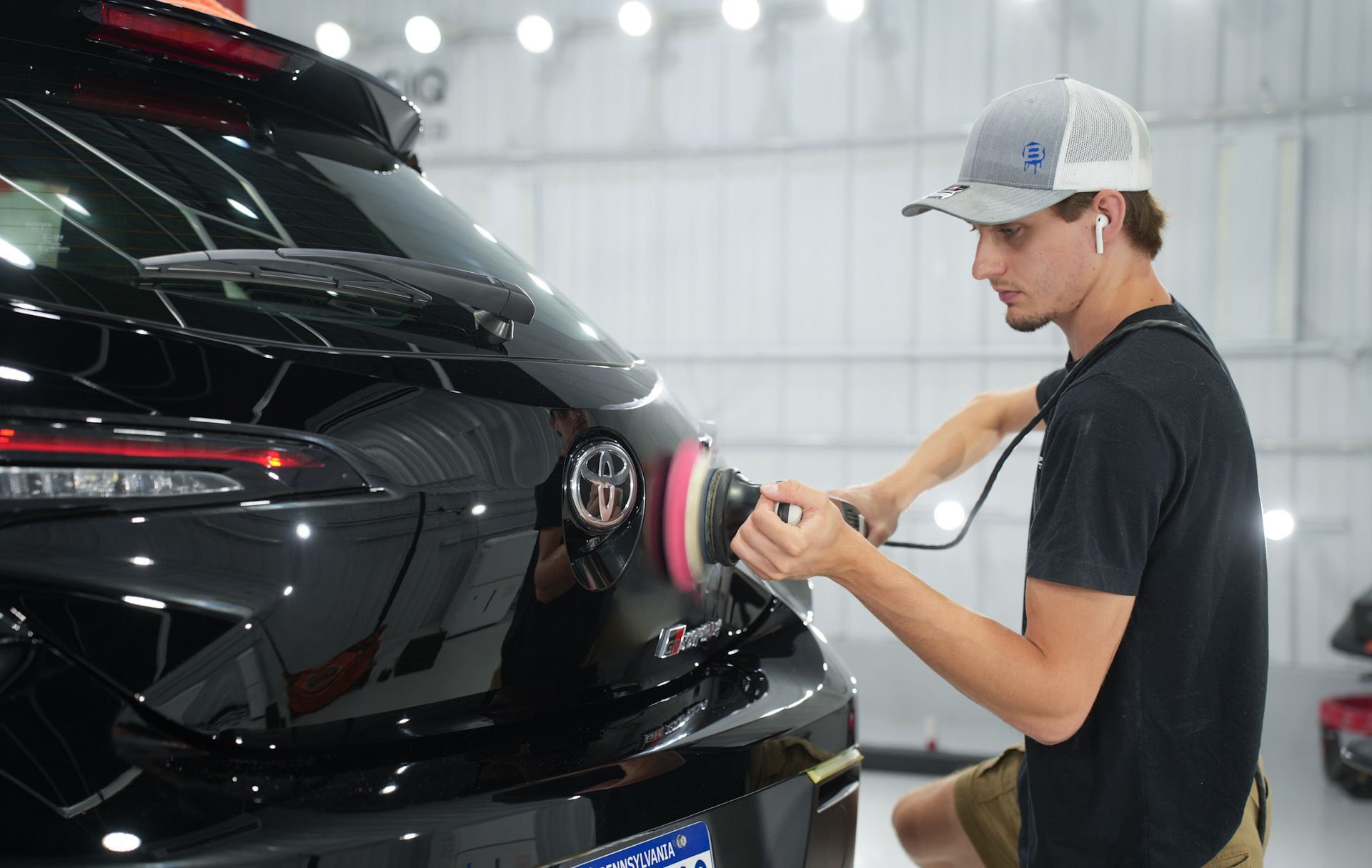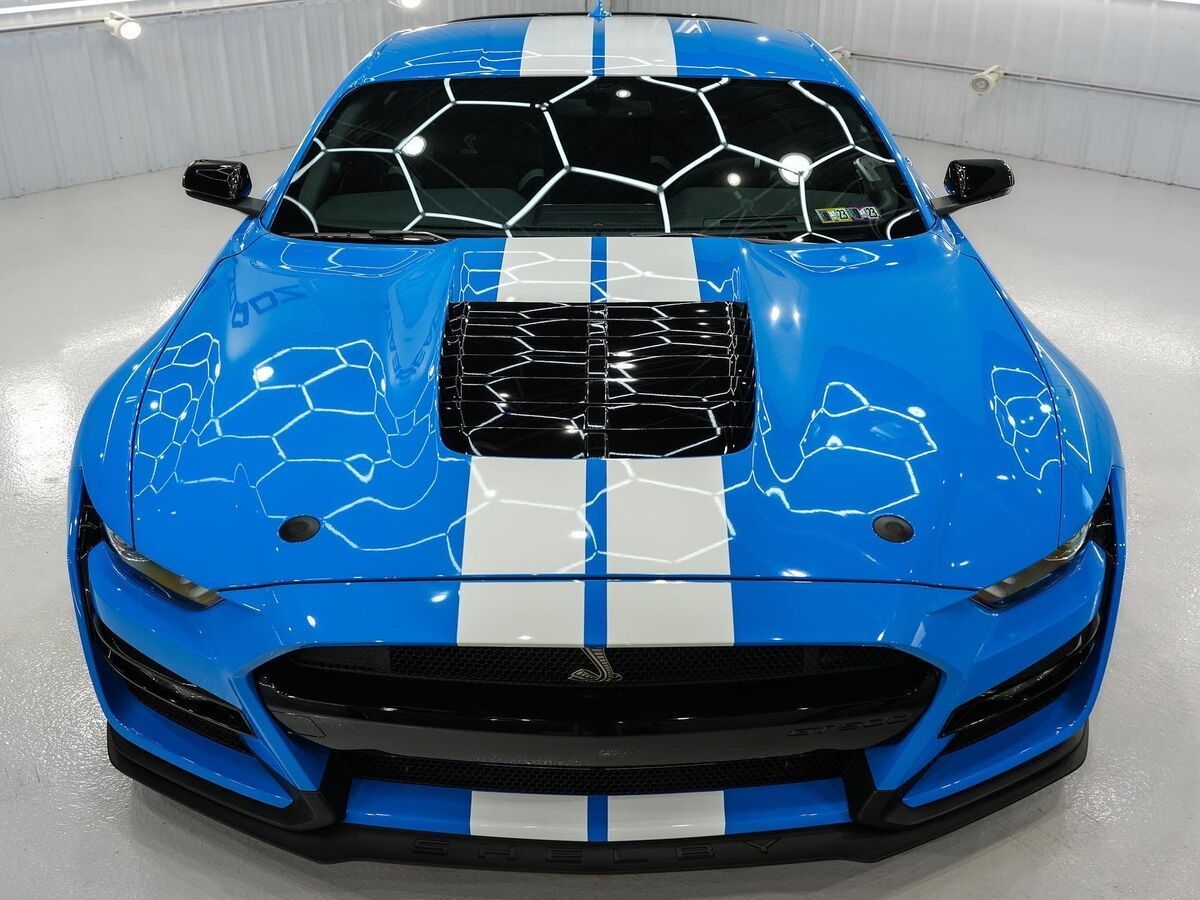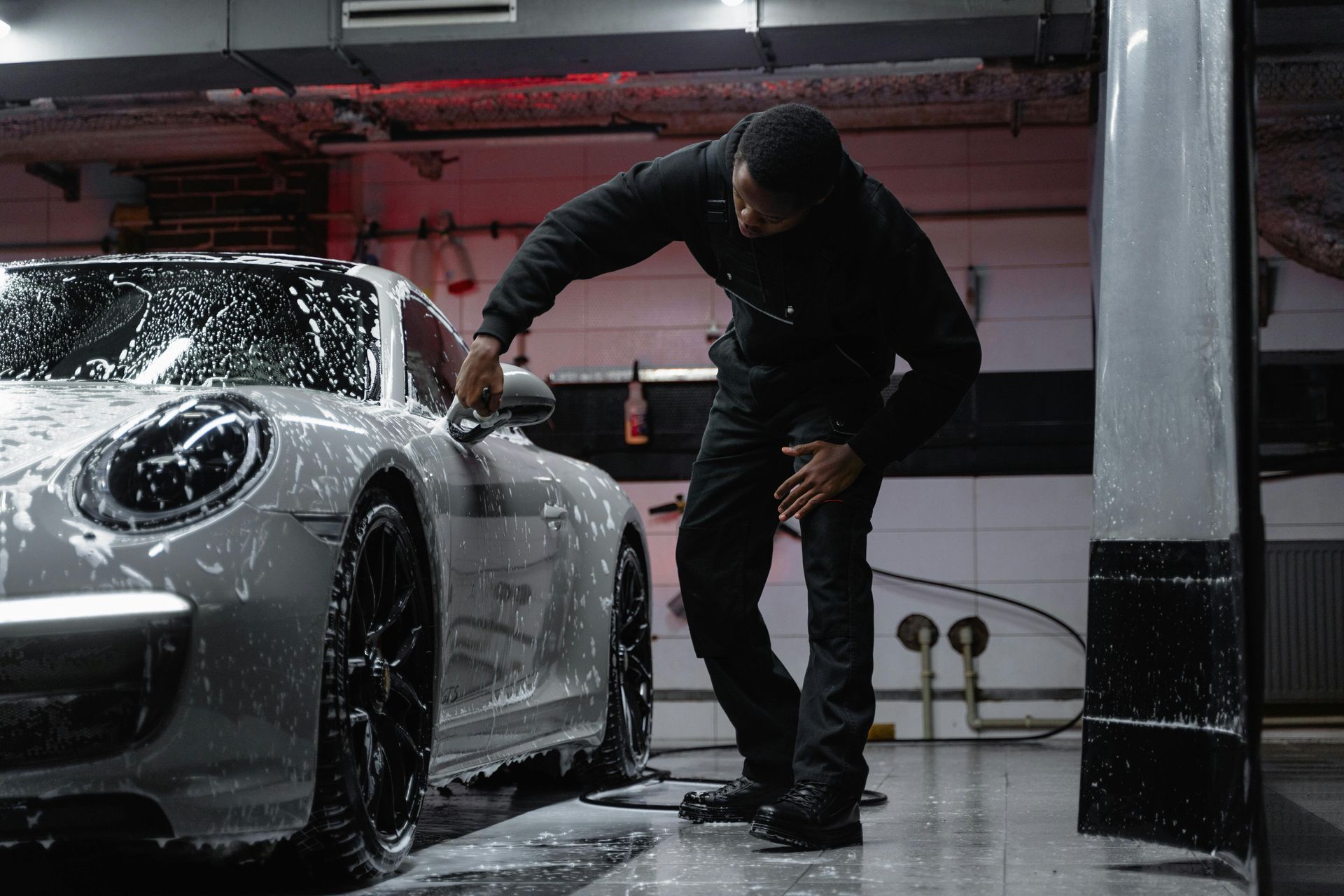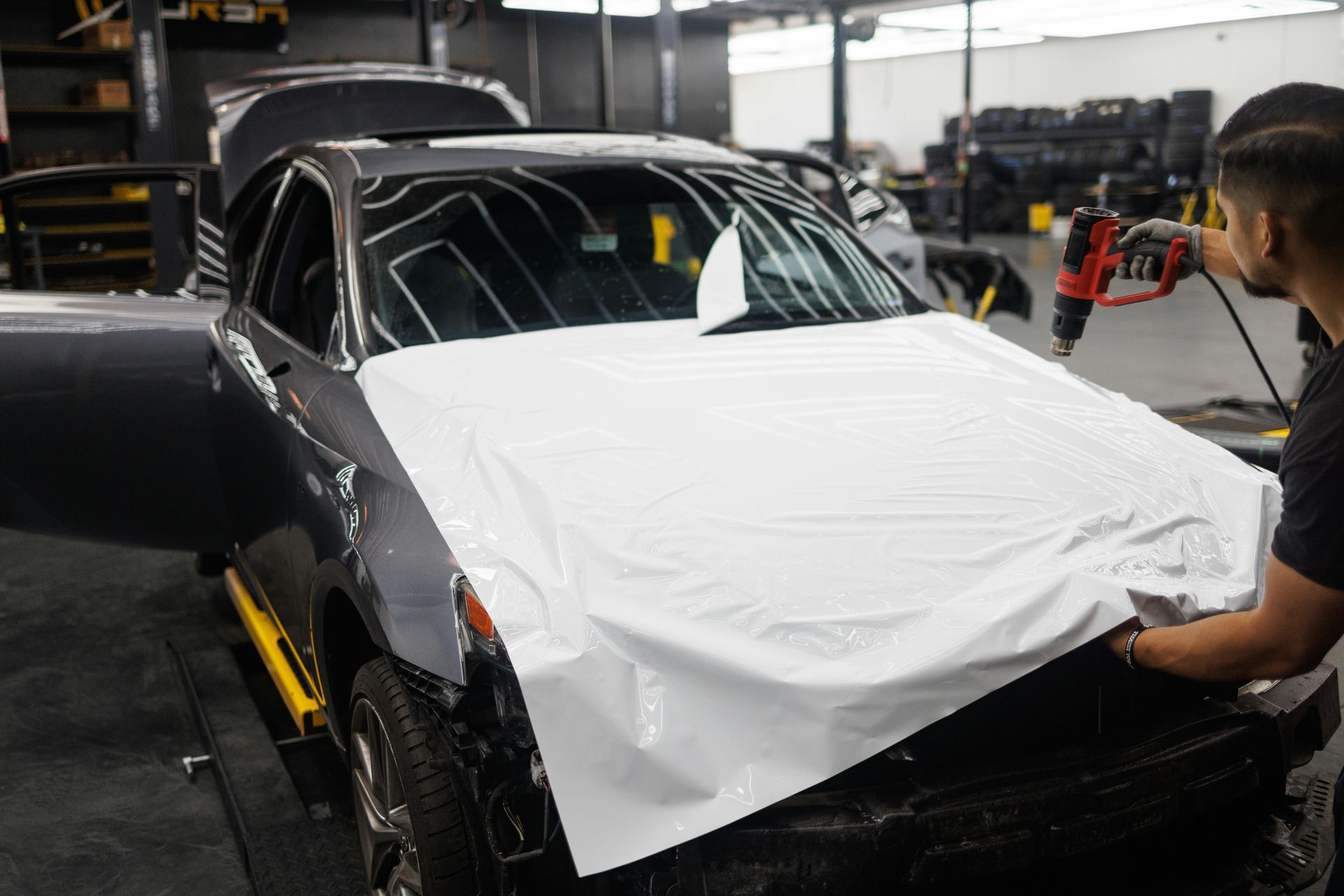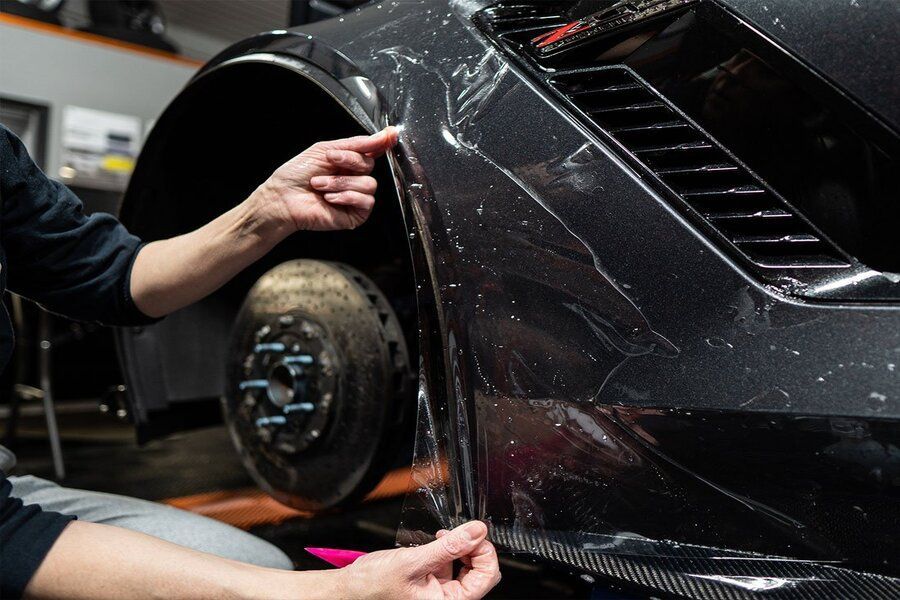The Science Behind Self-Healing Paint Protection Film Technology
GET A QUOTE (484) 866-3022You pour warm water over a fresh scratch on your paint protection film and watch it disappear right before your eyes. Sounds like science fiction, right? Yet this is exactly what happens with modern self-healing PPF technology: the science behind it is just as fascinating as the results.
Most car owners think self-healing paint protection film is some kind of magic. They see scratches vanish and assume it's just really good marketing. But the reality is far more interesting - self-healing PPF relies on advanced polymer chemistry and thermoplastic principles that took years of research and development to perfect.
Here's what separates modern self-healing films from older PPF technology: traditional films just sit there and take damage. Every scratch, swirl mark, and scuff stays permanently visible until you replace the film. Self-healing films use special polymer chains that can actually reform and repair themselves when activated by heat.
Understanding how self-healing PPF actually works helps you appreciate what you're getting when you invest in this technology. It's not just about watching scratches disappear - it's about protecting your vehicle with materials engineered at a molecular level to maintain their appearance and performance over time.
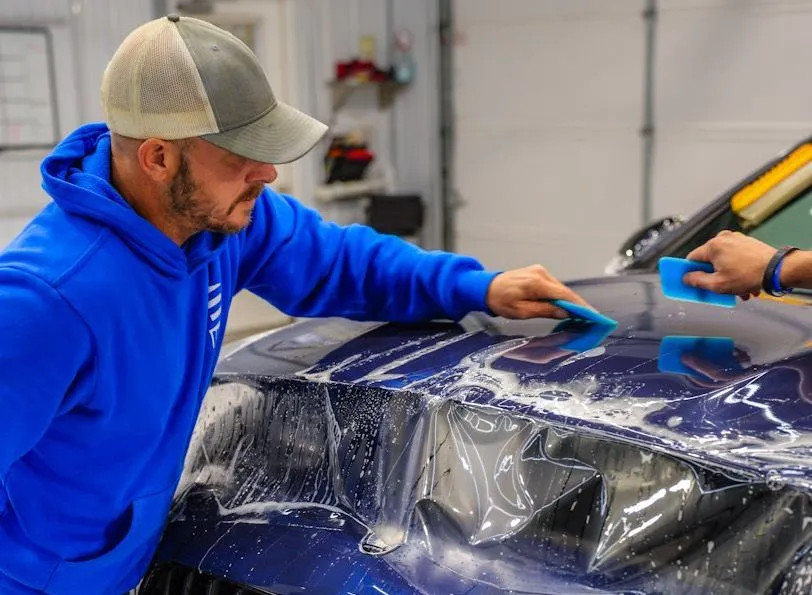
The Polymer Chemistry Behind Self-Healing Technology
The magic of self-healing PPF starts with the specialized polymers used in the film's top coat. These aren't your typical plastic materials—they're carefully engineered elastomeric polymers designed with specific molecular properties.
Traditional paint protection films use thermoset polymers that cure into a rigid structure. Once damaged, these materials can't repair themselves because their molecular chains are locked in place. Self-healing films take a different approach, using thermoplastic polyurethane with unique characteristics.
The key lies in the polymer chain structure: Self-healing PPF uses long, flexible molecular chains that remain mobile even after the film cures. These chains can move, stretch, and reposition themselves when given the right conditions - specifically, heat energy.
Think of it like a bowl of cooked spaghetti. The individual noodles can slide past each other and reposition themselves easily. That's similar to how the polymer chains in self-healing films behave at the molecular level. When the film gets scratched, those chains get pushed apart and disrupted. Apply heat, and they slide back into position, reforming the smooth surface.
Key properties that enable healing:
- Long, flexible molecular chains that stay mobile
- Elastomeric characteristics for flexibility
- Thermoplastic response to heat energy
- Surface tension that pulls chains back into position
Different manufacturers use variations on this basic chemistry, but the fundamental principle remains the same - create polymer chains that stay flexible enough to move and reform when heated but stable enough to provide lasting protection.
How the Healing Process Actually Works
Understanding how self-healing PPF responds to damage requires looking at what happens on both a molecular and visible level when the film gets scratched.
What happens when you scratch the film:
When something scrapes across the film surface, it physically disrupts the polymer chain arrangement. The scratch creates valleys and peaks at a microscopic level where the chains are pushed aside or compressed. The damage remains visible because light reflects differently off these irregular surfaces.
Heat activation triggers the magic:
Heat provides the energy needed for healing to begin. When you pour warm water over the damaged area or park in direct sunlight, that thermal energy increases molecular movement. The polymer chains start vibrating and moving more freely.
The chains reorganize themselves:
As the chains gain mobility, surface tension pulls them back toward their original configuration. The material essentially wants to return to a smooth, uniform state because that's the lowest energy arrangement. The polymer chains slide back into position, filling in the scratched valleys and leveling out the peaks.
Healing timeline factors:
- Shallow scratches: Minutes to heal with adequate heat
- Deeper scratches: Hours depending on temperature
- Summer sunlight: Faster healing due to higher temps
- Winter conditions: Slower healing, may need warm water assist
Temperature plays a crucial role in healing speed and effectiveness. Warmer conditions provide more energy for molecular movement, speeding up the process. That's why self-healing PPF works faster in summer sunlight than during winter months.
Important limitation: The healing isn't unlimited. Deep scratches that penetrate through the self-healing layer into the base film material can't repair themselves. The self-healing properties only work within the specially formulated top layer.
Performance Advantages of Self-Healing Films
The practical benefits of self-healing PPF extend beyond the cool factor of watching scratches disappear. These performance advantages directly impact long-term film appearance and protection capabilities.
Maintenance Benefits:
- Swirl mark resistance - Regular washing marks erase automatically
- Reduced correction needs - Minor damage repairs itself
- Lower maintenance costs - Less professional intervention required
- Time savings - No constant worry about minor scratches
Appearance Benefits:
- Long-term clarity - Continuous erasure of micro-scratches
- Fresh appearance - Film looks new for years
- Enhanced resale value - Pristine film adds vehicle value
- Optical quality - Maintains a virtually invisible appearance
Psychological Benefits:
You can enjoy driving your vehicle without stressing over every shopping cart, car door, or tree branch that might make contact. The film handles minor damage automatically without requiring intervention.
Cost-effectiveness over time: While self-healing PPF costs more initially, the reduced maintenance needs, longer-lasting appearance, and better protection justify the premium for most vehicle owners. You're paying more upfront but saving on corrections and replacements down the road.
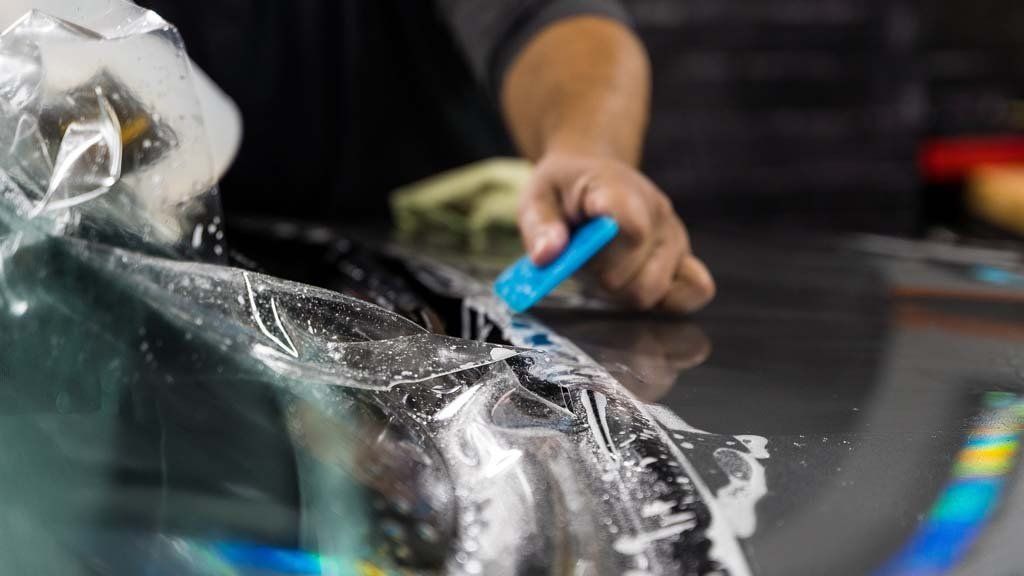
Real-World Applications and Demonstrations
Seeing self-healing PPF in action demonstrates the technology better than any technical explanation. Several common scenarios showcase how the healing process works in practical situations.
Common healing scenarios:
Automated car wash scratches - Light scratches from rotating brushes typically heal within hours of exposure to sunlight. Marks that would permanently scar traditional films disappear as the vehicle heats up.
Shopping cart impacts - Surface scratches from cart contact respond well to warm water treatment. Pour water over the affected area and watch the marks fade as polymer chains reposition.
Tree branch scratches - Tight parking situations or roadside vegetation create scratches that heal when exposed to heat. Park in direct sunlight for an afternoon and watch them disappear.
Door handle wear - Key scratches around handles heal repeatedly over the film's lifetime. This high-contact area stays looking fresh instead of showing accumulated wear.
Pro tip for best results:
- Clean the scratched area first
- Apply warm (not hot) water directly
- Park in direct sunlight when possible
- Fresh scratches heal better than old ones
- Regular washing prevents contamination buildup
Temperature demonstration: Pouring hot water over scratched areas triggers visible healing within seconds as the polymer chains gain mobility and reform. Cold water shows little effect, proving the thermal activation requirement.
The healing process works best on fresh damage. Older scratches that have collected dirt or contamination may not heal as completely. Regular washing helps maintain optimal healing performance by keeping the film surface clean.
The Future of Vehicle Protection: Understanding Self-Healing PPF Technology
Self-healing PPF technology represents a significant advancement in paint protection materials. The polymer science behind the healing mechanism isn't magic - it's carefully engineered chemistry that provides real-world benefits for vehicle owners.
Understanding how the technology works helps you make informed decisions about paint protection investments. Self-healing capabilities offer measurable advantages in maintenance reduction, appearance preservation, and long-term value.
The science continues evolving as manufacturers refine polymer formulations and healing mechanisms. Current self-healing PPF technology delivers impressive performance, with ongoing research promising even better capabilities in future iterations.
For vehicle owners seeking the most advanced protection available, self-healing technology provides the best combination of durability, appearance, and convenience. The initial investment pays dividends through years of maintained clarity and reduced upkeep requirements.
Ready to experience self-healing paint protection film technology on your vehicle? Beadz Auto Detailing provides expert installation services with advanced PPF products, or contact our team to discuss how self-healing technology can protect your specific vehicle.
Frequently Asked Questions
How long does it take for self-healing PPF to repair scratches?
Self-healing PPF typically repairs minor scratches within minutes to hours, depending on temperature and scratch depth. Shallow scratches in warm sunlight may heal within 15-30 minutes, while deeper scratches in cooler conditions might take several hours. Pouring warm water over scratched areas accelerates the healing process by providing immediate heat activation.
What types of damage can self-healing PPF actually repair?
Self-healing PPF repairs surface-level scratches, swirl marks, and light scuffs that don't penetrate through the self-healing top layer. The technology works on damage from automated car washes, light contact with vegetation, shopping carts, and similar minor impacts. Deep scratches, cuts, punctures, or damage that penetrates through the entire film cannot self-heal and may require professional repair.
Does self-healing PPF work in cold weather?
Self-healing PPF healing mechanisms slow down significantly in cold temperatures because molecular movement requires thermal energy. Winter conditions may prevent visible healing until the vehicle warms up in sunlight or enters a heated space. The healing capability isn't lost - it's just temporarily inactive until temperatures rise. Pouring warm water over damage in cold weather can trigger healing even when ambient temperatures are low.
How many times can self-healing PPF repair the same area?
Self-healing PPF can repair the same area repeatedly throughout the film's lifespan as long as damage remains within the self-healing layer. The polymer chains don't degrade or lose healing capability through repeated activation cycles. However, deep or severe damage that removes material or penetrates beyond the self-healing layer cannot continue healing. Regular cleaning and maintenance help preserve optimal healing performance over time.
Is self-healing PPF worth the investment compared to traditional films?
Self-healing PPF typically costs more initially than traditional films but provides better long-term value through reduced maintenance, preserved appearance, and extended film life. The technology maintains clarity and protection longer by continuously erasing minor damage that would permanently mark traditional films. For vehicle owners prioritizing convenience and appearance, self-healing capabilities justify the premium pricing through years of superior performance.



